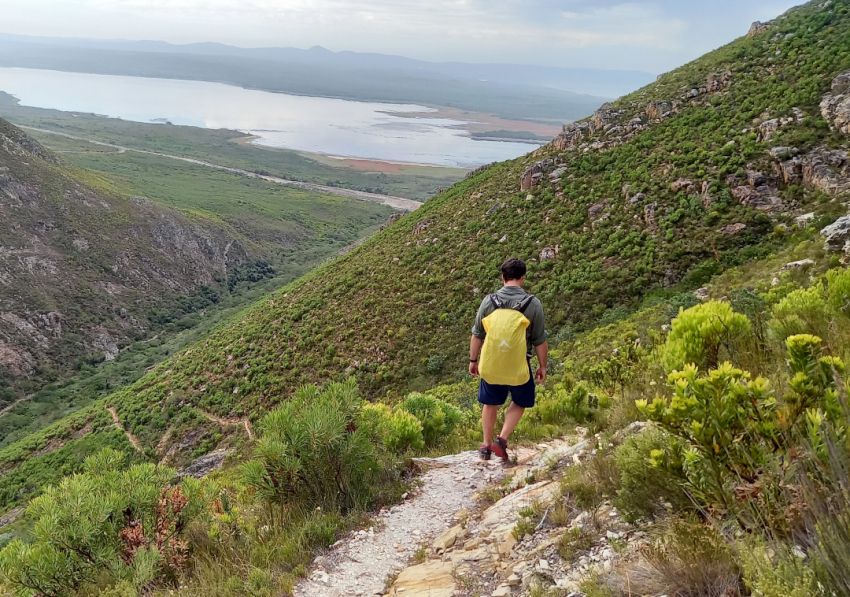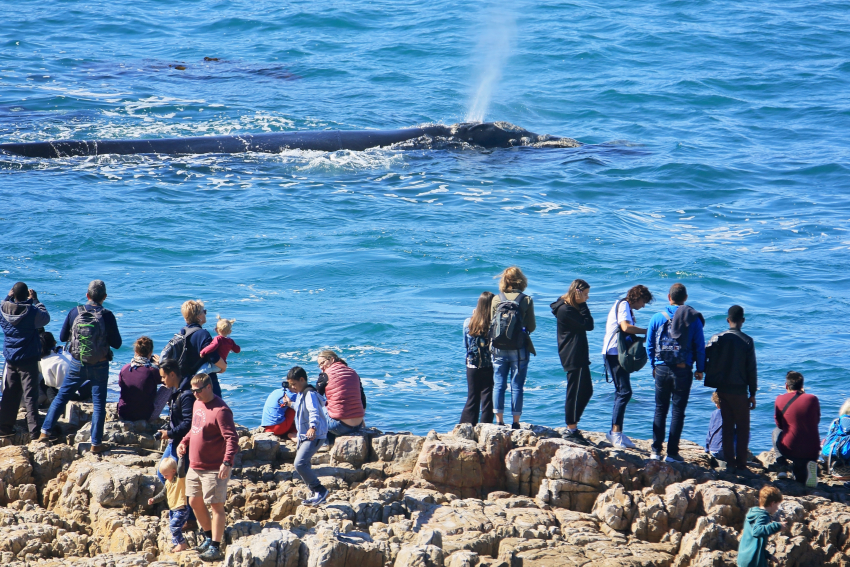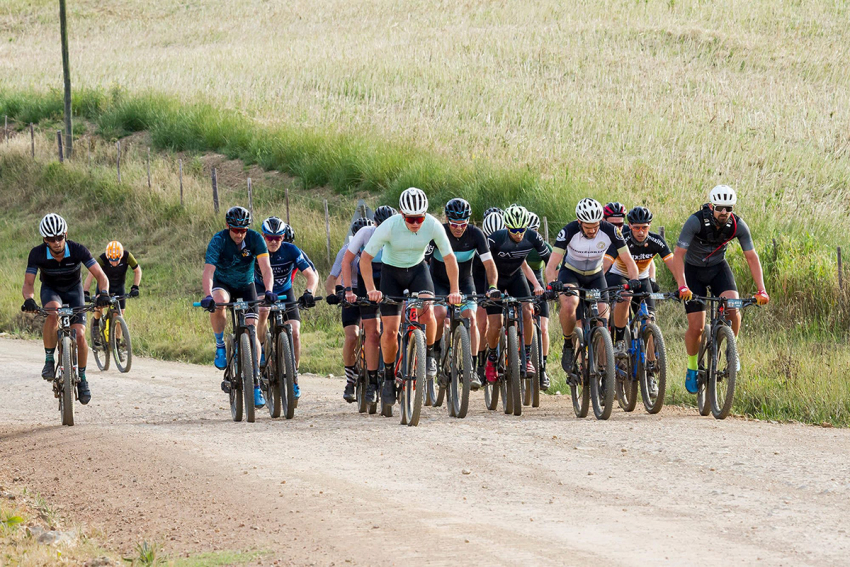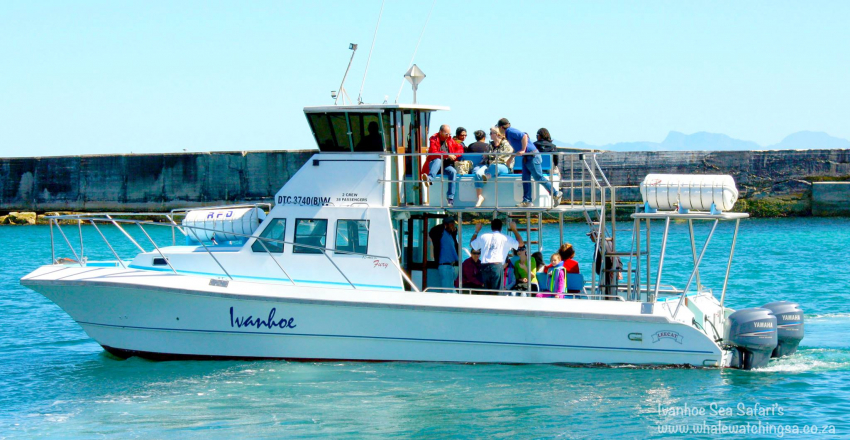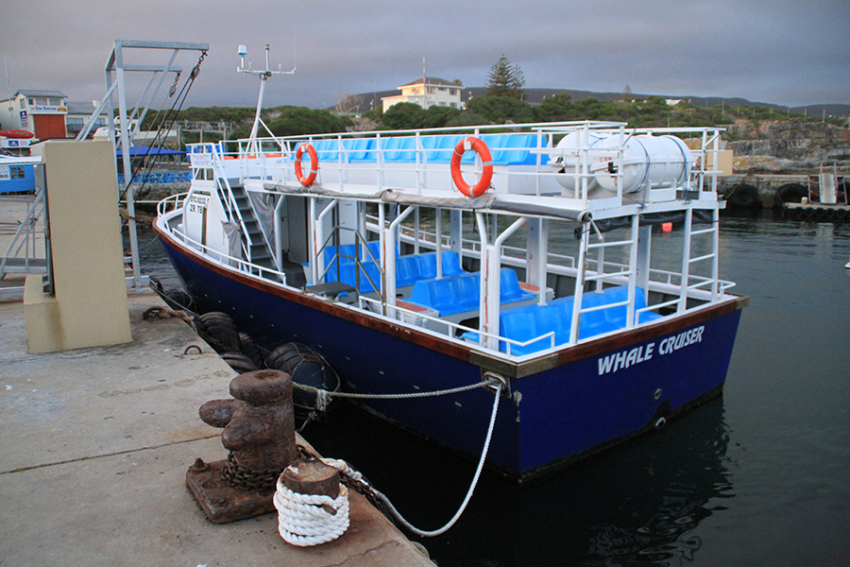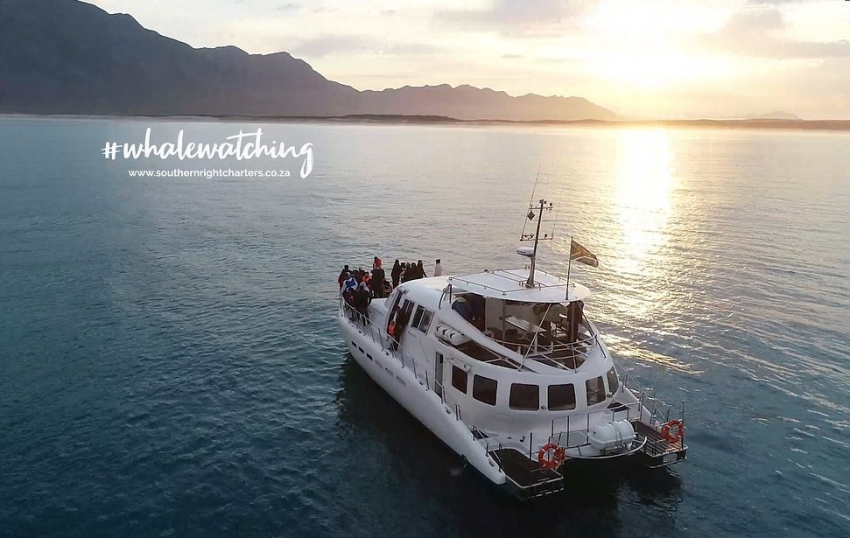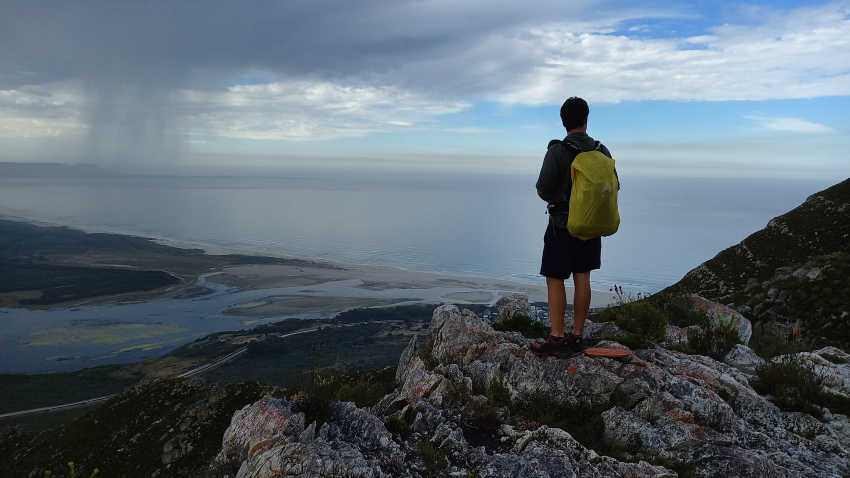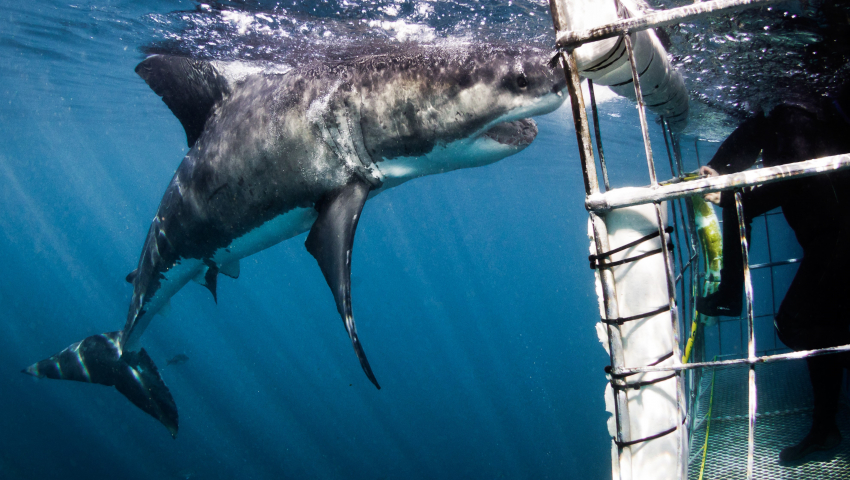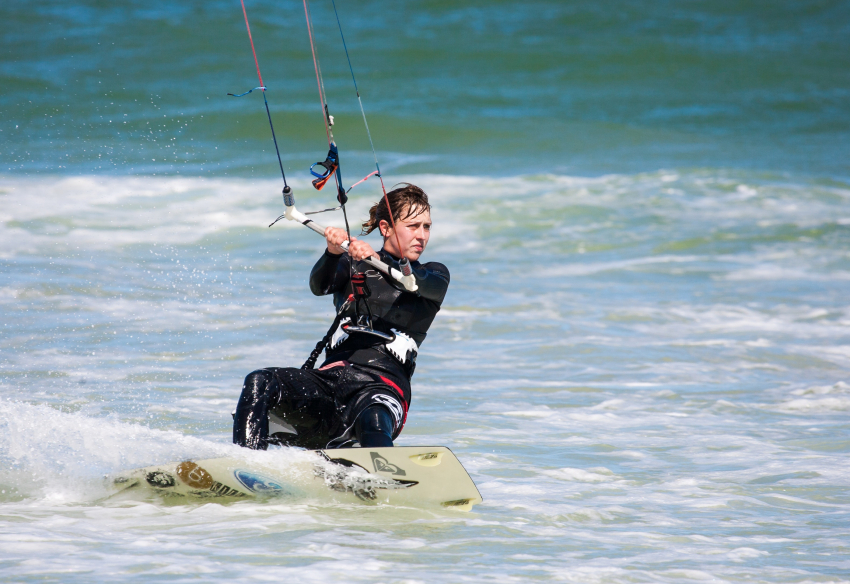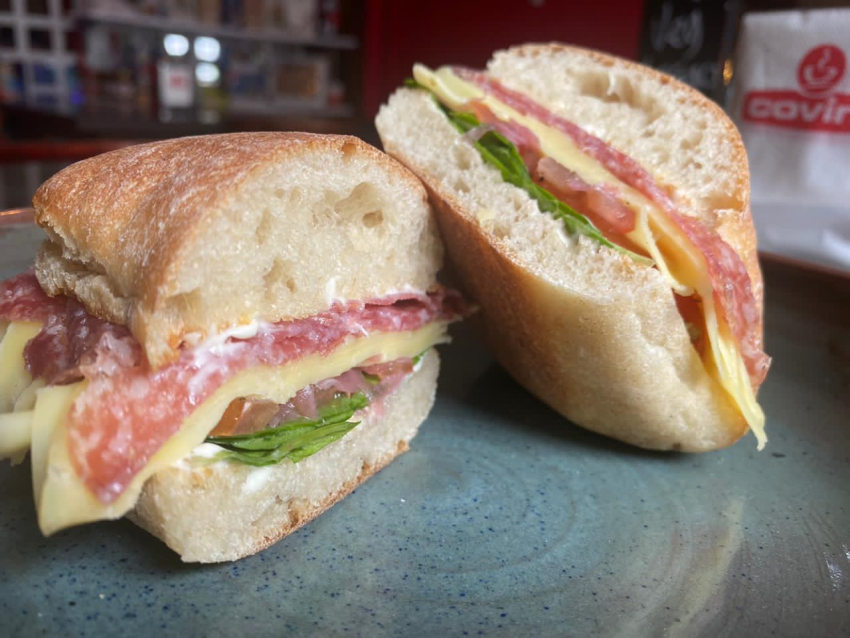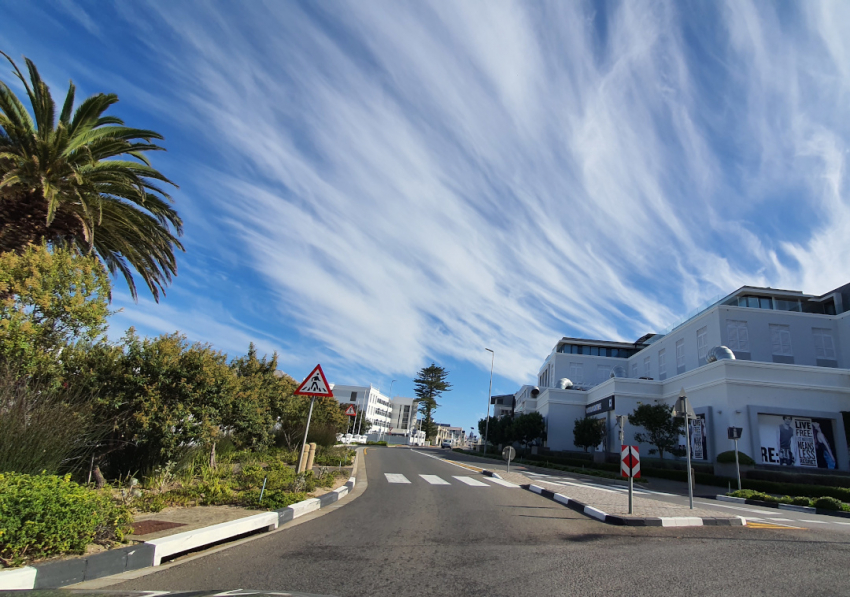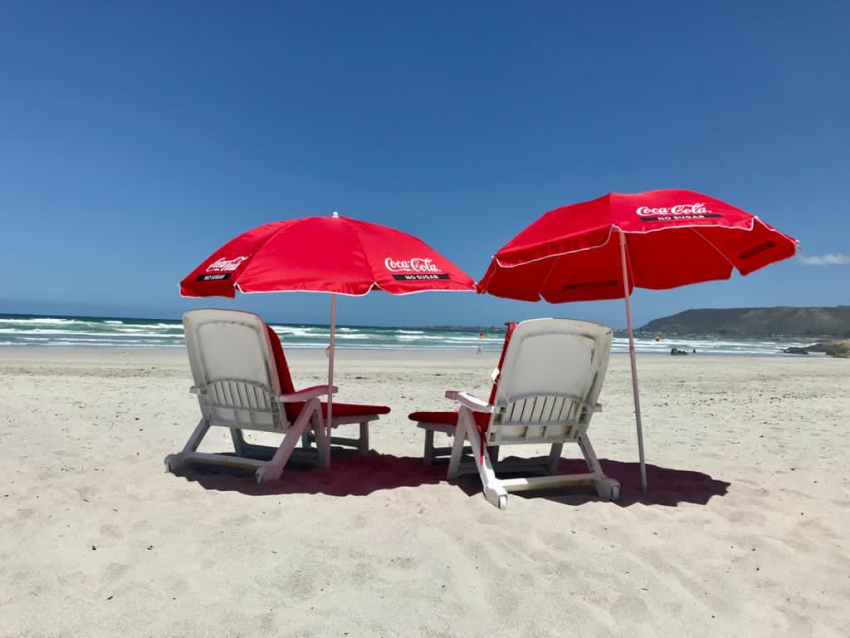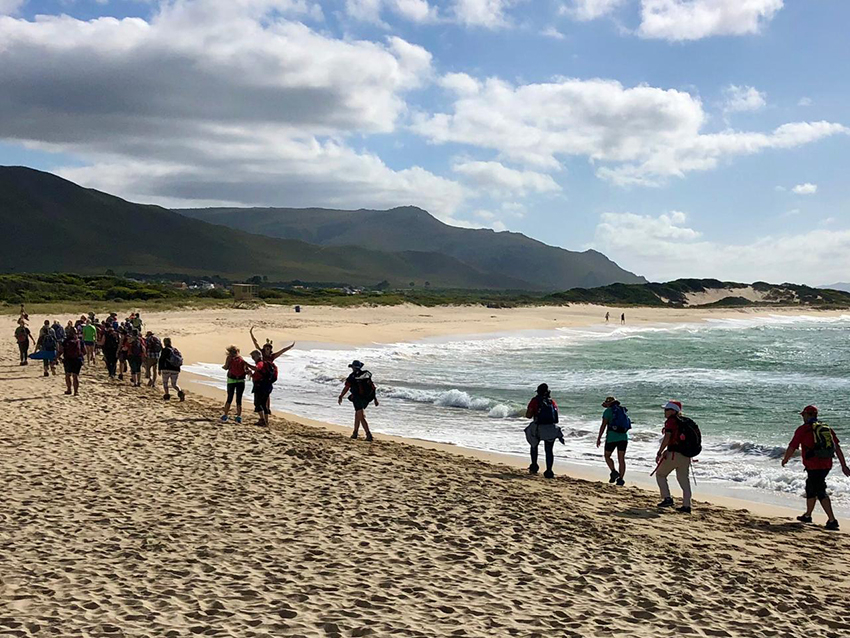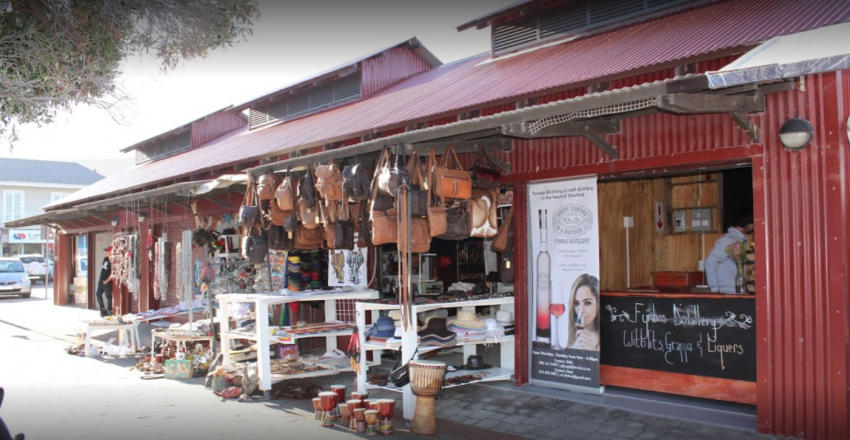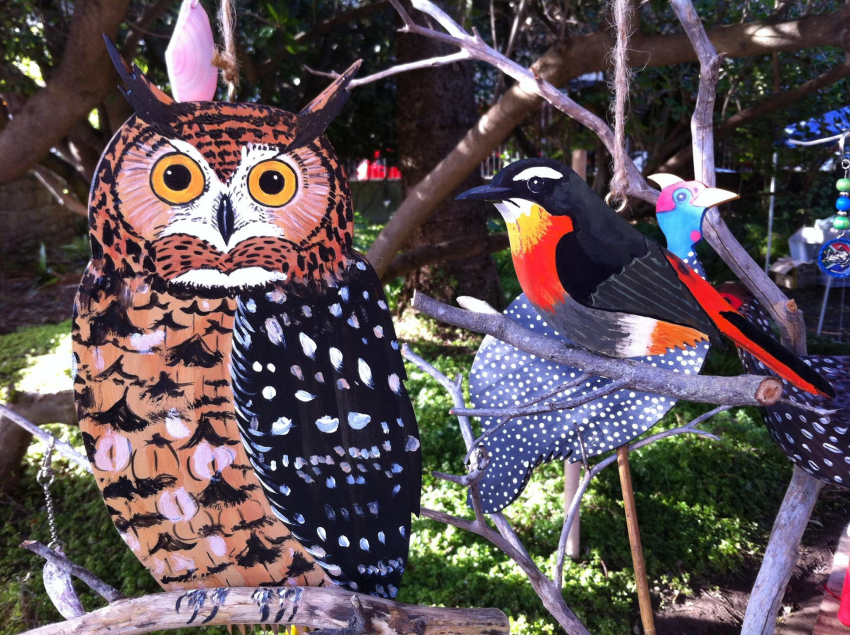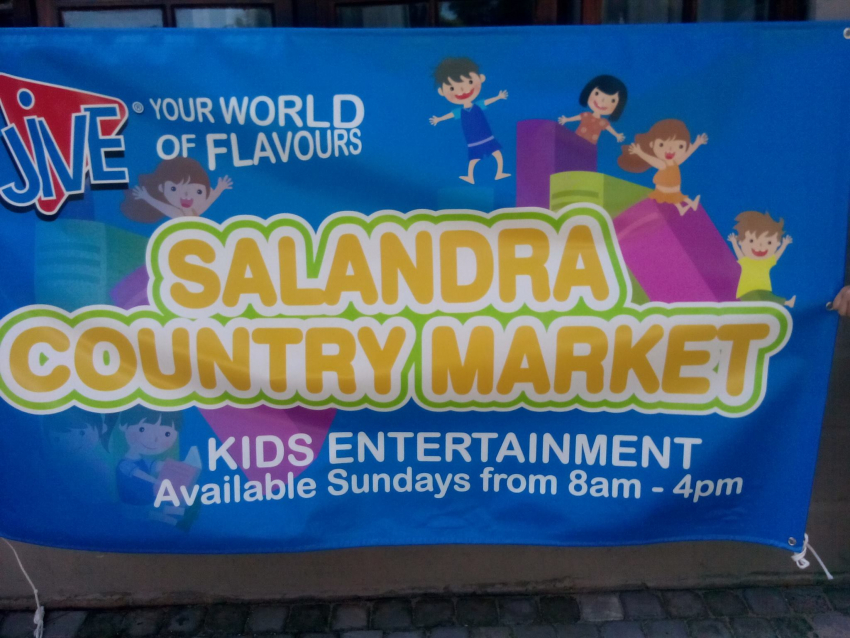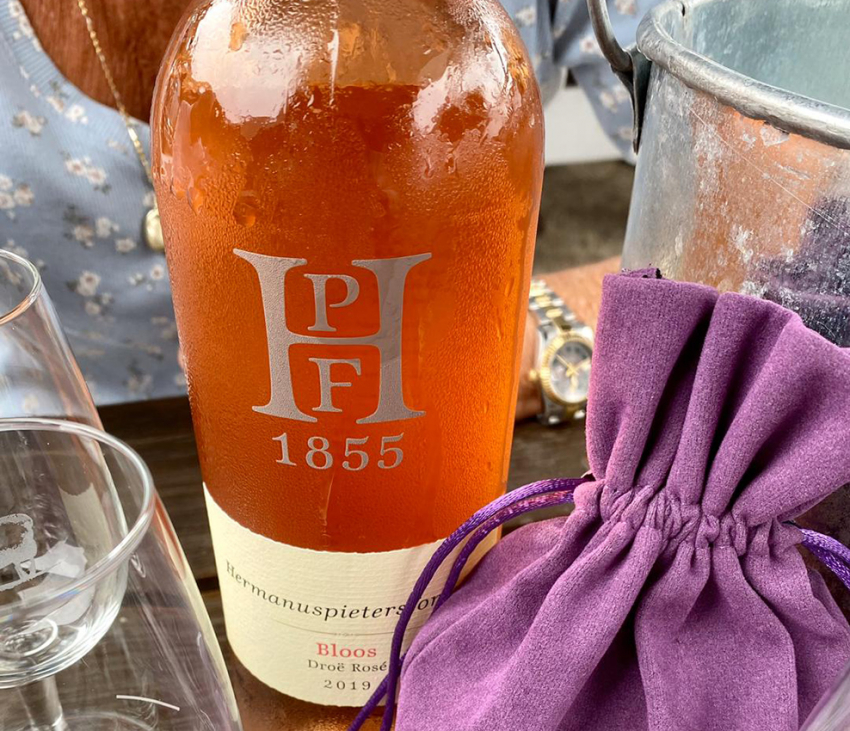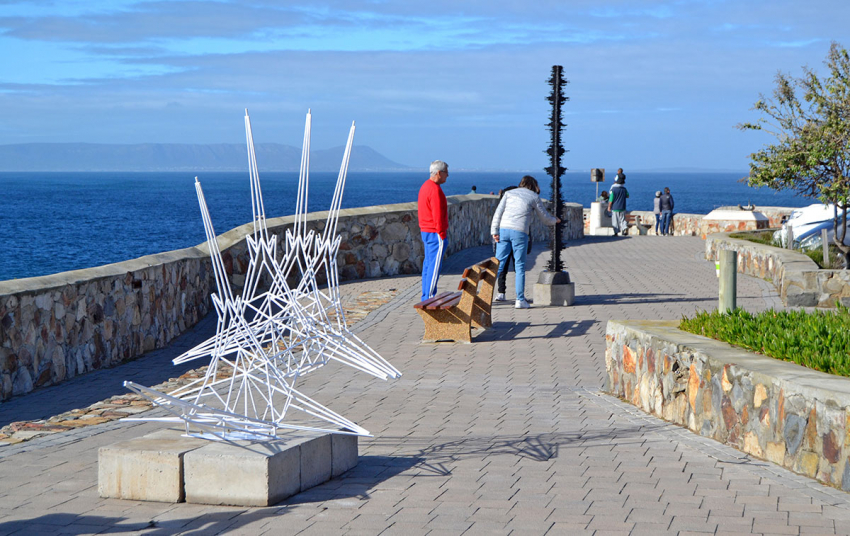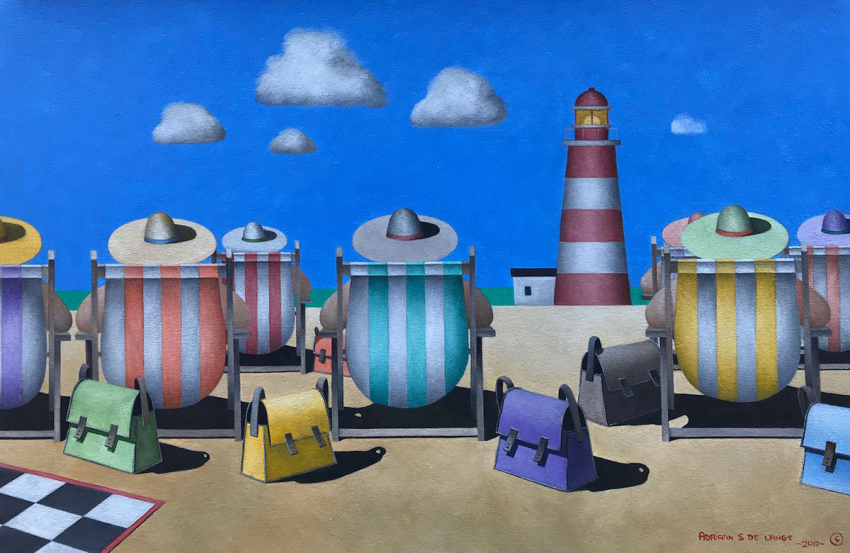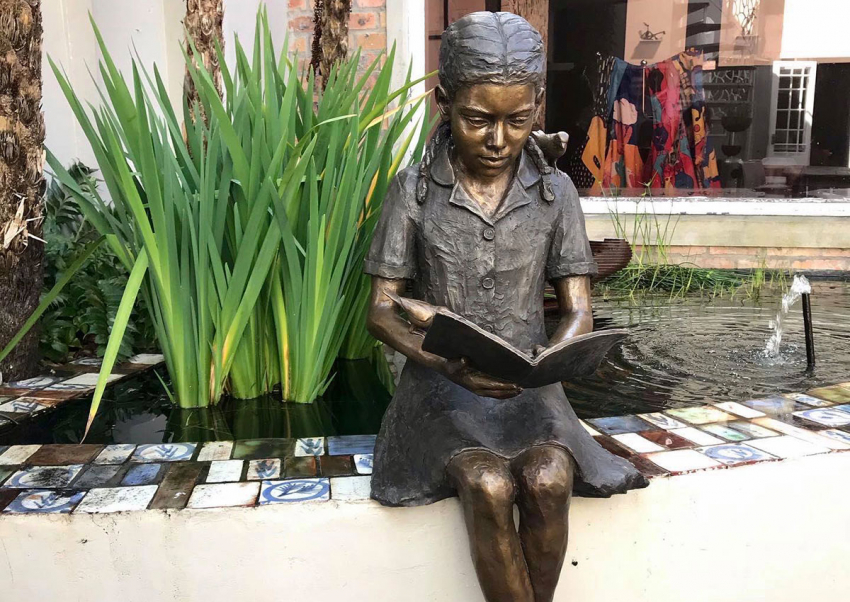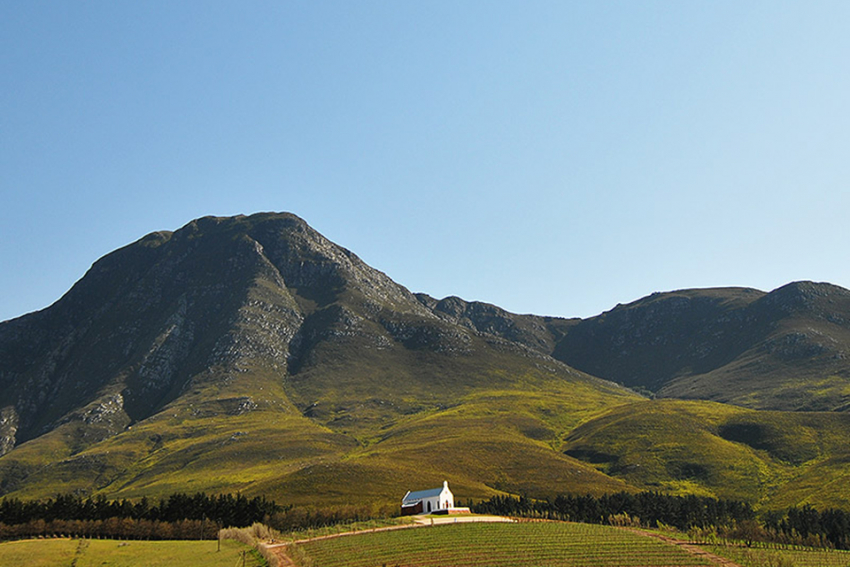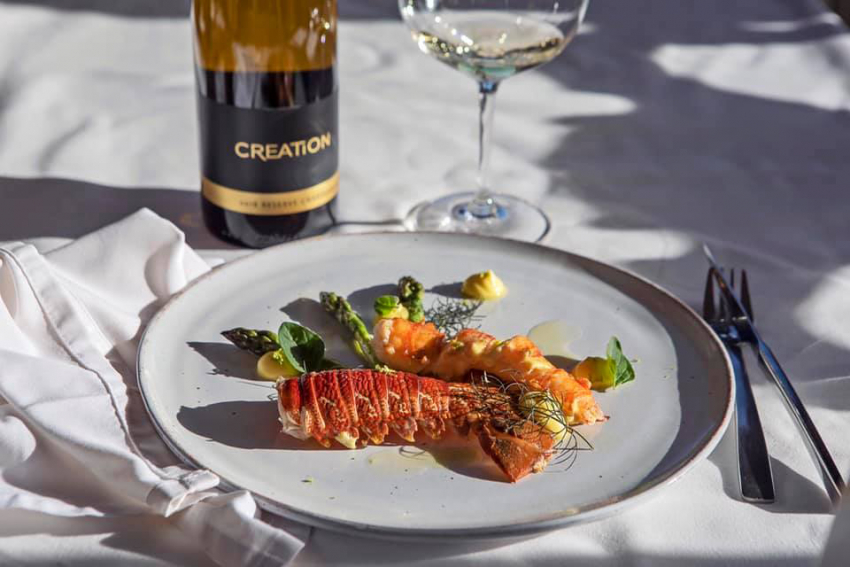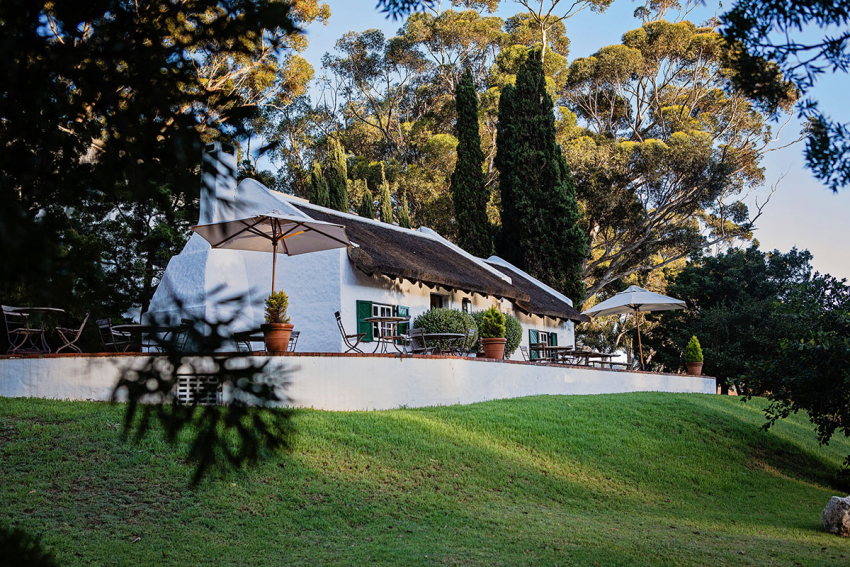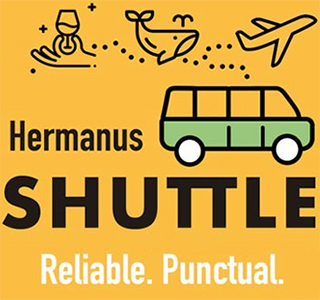When Michael Henn and the other pioneers started Hermanuspietersfontein, Walker Bay teemed with fish. They needed less than half a day to fill their boats and they supplied many Boland towns and later, with easier transport, also Cape Town. This bounty lasted hardly a century when fish started to dwindle and disappear. Some reckon the disappearance of of fish can be ascribed to both greed of man and mammal. Seals rapidly increased in numbers while big fishing trawlers with nets, running for some 20 kilometers, stripped everything the seals had left behind. Sometimes up to 50 trawlers, from the West Coast and elsewhere were fishing in Walker Bay at night. Restrictions came, but the damage was done.
After World War II, nearly a century after the birth of Hermanus, abalone slowly grew into the most important industry on the Hermanus shores and soon spread around Walker Bay. In many places it replaced fish as earner of income. Brian McFarlane’s pioneering abalone factory was followed by others in the industry. Researching groups sent out warning signals and restrictions had to be imposed. Man, that strange being, only needs a law to trespass to go overboard. Restrictions and quotas had hardly been instituted when poaching was heard of as often as of abalone. On a much more positive note, however, a new type of “farming” appeared on our shores and began making huge strides in overcoming the disappearing marine resource of abalone or perlemoen as it is known here.
Early in 2001 I had an interesting and informative interview with Jane Hugo of Hermanus Abalone. Dr Pierre and Jane Hugo area among the early pioneers who started the abalone “farming” industry in South Africa about 15 years ago. Careful scientific research into cultivating this rather delicious shellfish in captivity is now beginning to harvest rewards.
Abalone, (Haliotis midae) have a few smaller family members along our coast, while several other countries have a variety of different species. Our earlier fishermen called the smaller species of abalone Klipkous (rock sock) which is quite a descriptive name. The South African word “perlemoen” is derived from the Dutch term “Paarlemoer” meaning mother of pearl, which is on the inside of the protective shell of the animal. For this story I will the term abalone.
Abalone Farming
Farming in tanks, with water continuously pumped from the sea, is expensive. In comparison one finds the cultured salmon, which are kept in nets in the sea, relatively cheaper, which resulted in an over-production at present. Abalone can also be cultivated by a method called “ranching” instead of in tanks. The Japanese use this method successfully. Each farmer owns a small piece of coast where the abalone is reared in the sea, but their available coastline is limited.
Reseeding of abalone in our waters may sound like a hopeless exercise and it certainly is not easy. When the Hugo’s started their abalone hatchery in the Hermanus Old Harbour, they undertook in return to restock the marine reserve around the harbour. At the time Dr Hugo was concerned about red-bait taking up potential space in the harbour, but they had success. The farm in the harbour soon expanded and due to limited space was moved to their new premises in the new harbour. The Abalone Tours are still conducted by Jane in the Old Harbour where she keeps tanks and abalone of all the different phases in the growing process. The Old Harbour Museum welcomes their presence in the Harbour and the activity for tourists.
Hermanus Abalone’s tanks are 1 x 5 meters in size and take up about 5 kilometre in length and that’s quite a seaful of tanks. The culture of abalone is a long and intricate process, running over various phases. After approximately five years it is ready for export, and another specialised process follows to prepare the live abalone for the 40 hour flight to the Far East, a costly and risky operation.
The avalone farming industry is still not fully grown, but already points to becoming the number-one income generator over and above the retirement or tourist industries in Hermanus. Providence has really allowed us on that score to be one ahead of the pirates.
Article extracted from SJ du Toit – Whale Capital Chronicles I, Page 125.
Should you wish to use any of her stories please contact SJ du Toit directly

